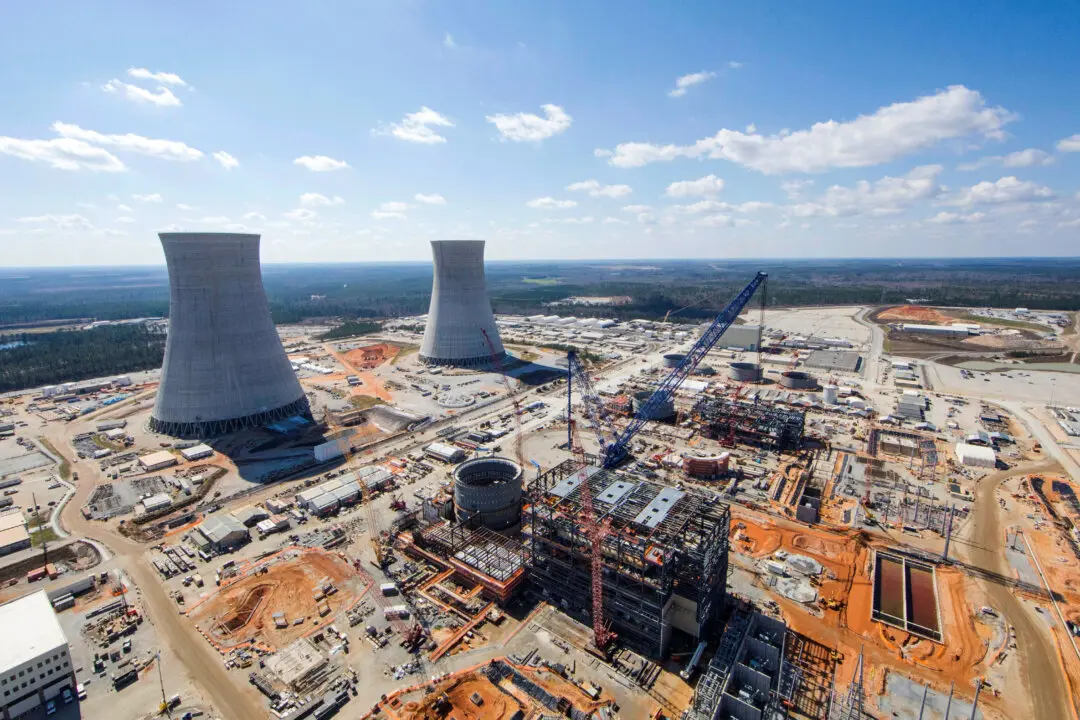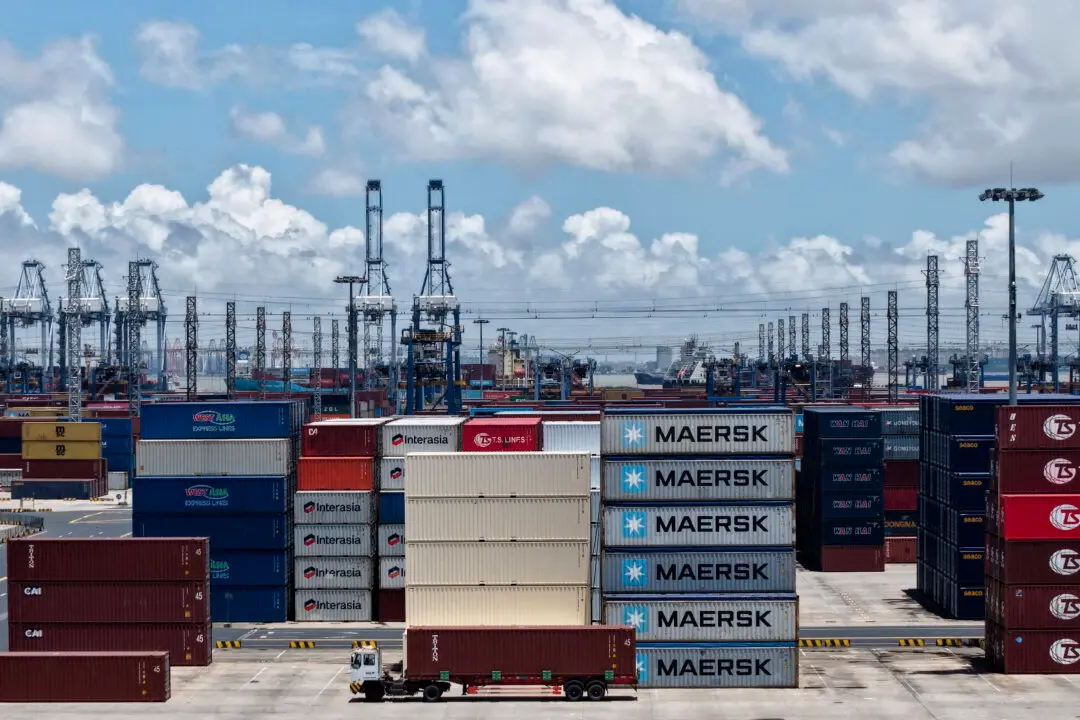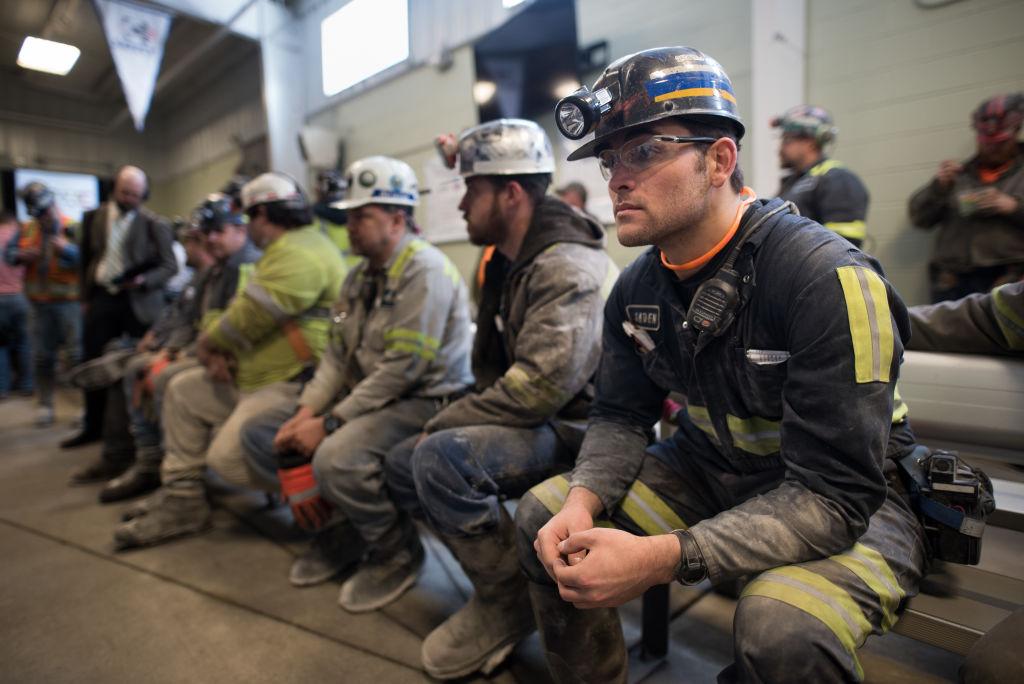LOUISVILLE, Ky.–With President Joe Biden signing The ADVANCE Act into law in June, United States’ nuclear power proponents are urging state legislatures to adjust regulations, licensing, and incentives to accommodate new technologies, including small modular reactors (SMRs) that the bipartisan measure promotes.
Easier said than done without changing perceptions about nuclear power plants, industry experts and advocates told state lawmakers, legislative aides, and lobbyists on Aug. 7 during the National Conference of State Legislators (NCSL) Annual Legislative Summit at the Kentucky International Convention Center in Louisville.





